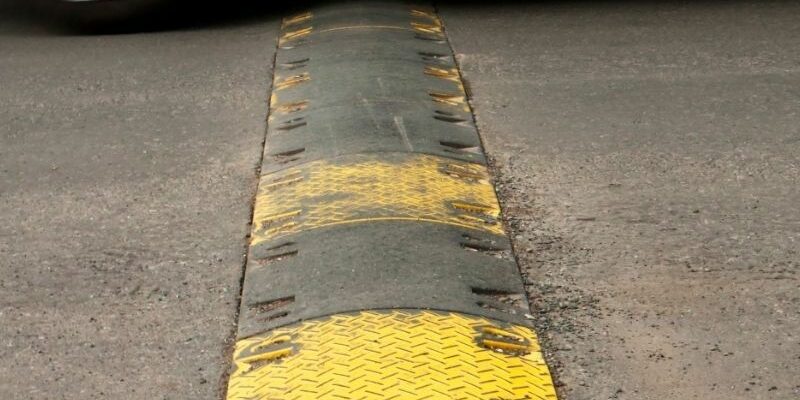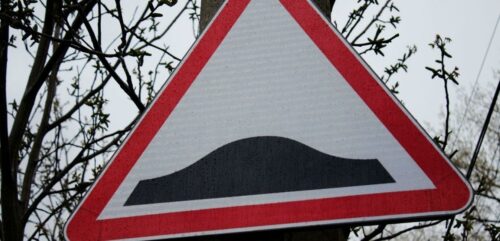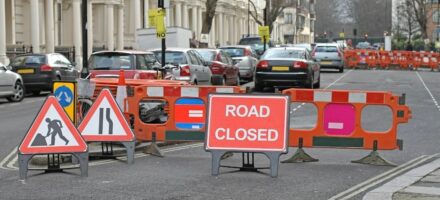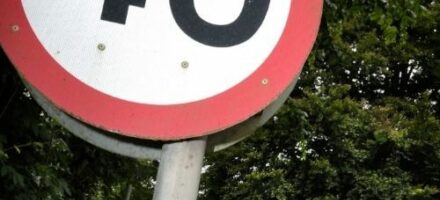

Whether you call them road humps, speed humps or sleeping policemen they do the same thing, that’s right they slow traffic. Introduced as a road traffic calming measure these weapons in road safety have been very successful according to the DfT in urban areas. These speed bumps are usually made from asphalt or concrete in the UK as it slows motorists more than humps made from rubber, which have been used in the USA.
Road planners have also made roads narrow where they have placed speed humps so that the traffic is made to slow down to get past the traffic-calming device.
When negotiating these humps the Highway Code claims that cyclists and motorcyclists should be given enough space to negotiate them, it also claims that you should drive slowly and carefully within the traffic calming measures and give way to oncoming road users if directed to do so by signs. You should not overtake other moving road users while in these areas.
What does a Road Hump, Speed Bump or 'Sleeping Policeman' Look Like?

The traffic-calming device has a flat or round top, this runs from one side of the road to the other. However, if “Speed Cushions” are in use they will only cover part of the road. This in turn makes it easier for vehicles to position their wheels either side of the obstacle and not feel anything when they pass over it. This is designed so that emergency vehicles are not slowed by speed humps but other motorists just negotiate them as if they aren’t there - “Speed Cushions” from research carried out by road safety groups seem to be an ineffective way of slowing traffic.
Warning signs are erected at the beginning of a road where these traffic-calming measures are installed.
A red triangle with a white background and a road hump on it and the text states: 'Humps for ½ Mile' – This means road humps for distance shown. This may vary.
A text Plate reading: 'Humps for 300yds' - This means that there will be road humps for distance shown and direction indicated.
You can also have a text plate reading: 'Humps 20yds' – This is a countdown that you are approaching speed humps and that you should slow down and take care.
Zebra and signal-controlled pedestrian crossings can be located on flat humps, if they are then usually motorists will have advance warnings of these traffic-calming measures.
Thin Road Humps
These are not road humps in the above sense but rumble strips. They are commonly found when approaching a hazard such as a roundabout on a dual carriageway. The rumble strips warn the driver of the approaching hazard by providing a visual, audible and vibratory effect. The rumble strips are to alert the driver that a hazard is up ahead and that you should reduce your speed as care is needed when negotiating the next piece of road. Just like their wider cousin the road hump, the rumble strip is used in the same way – both are used as traffic calming measures.
Disclaimer: The information in the article is for general purpose information only and should not be constituted as legal advice. This article has been produced by a third party and Jardine Motors does not take any responsibility for the completeness, accuracy, or reliability with respect to the website or the information provided. Article last updated March 2016.



